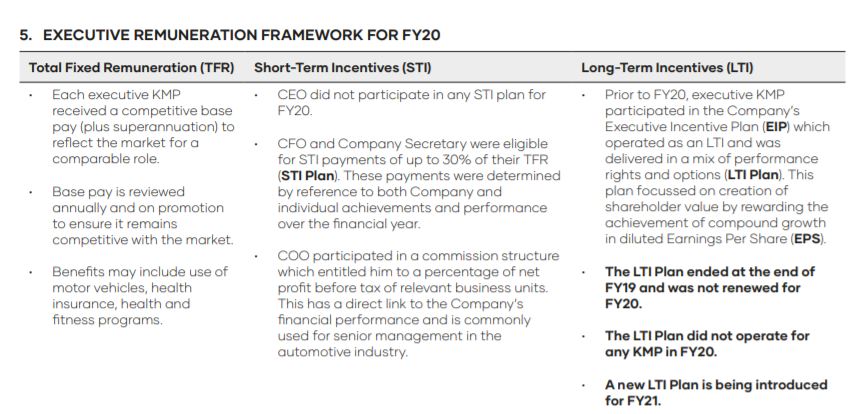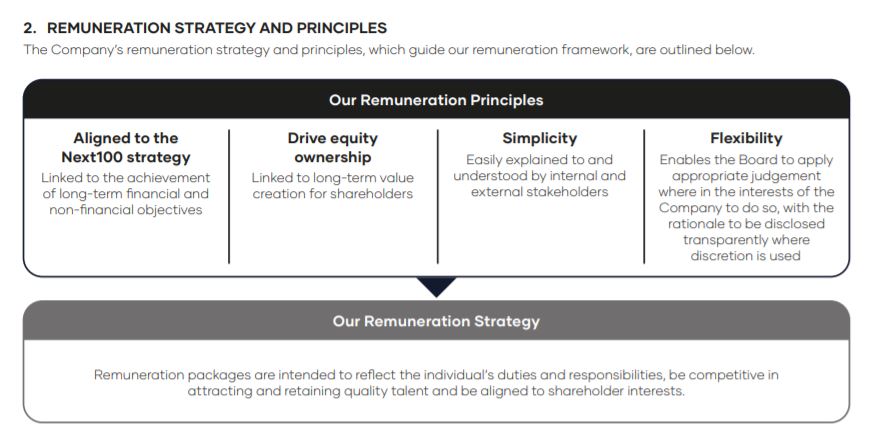How to develop an effective remuneration strategy: the Eagles Automotive case

Image Source: Fauxels | Pexels
A remuneration strategy is implemented by companies to attract high talent, reward employees for demonstrating the right behavior, and motivate people to achieve the organization’s goals.
The International Labor Organization (ILO) recognizes remuneration not only as “the ordinary, basic or minimum wage or salary” but also “any additional emoluments whatsoever payable directly or indirectly, whether in cash or in kind, by the employer to the worker and arising out of the worker’s employment.” Wage differentials, benefits in kind, and allowances, such as those for travel and housing, are also considered remuneration.
To be effective, a remuneration strategy should have long-term and short-term incentives and combine monetary and non-monetary compensation.
As they face global competition, tight hiring markets, and the continuing need for performance, companies must develop a remuneration strategy that aligns with the company’s vision, values, and strategy, responds to market conditions, and complies with regulatory requirements.
Establishing specific principles on which the remuneration strategy is based has become a common practice in large organizations not only for recruitment and talent retention but also for promoting a high-performance culture.
Remuneration principles are abstract, affirmative statements that frame how remuneration decisions should be made. Distinct from rules, principles do not prohibit any remuneration practices and processes. Such principles are not tight constraints and are open to interpretation.
Moreover, remuneration principles are intended to guide remuneration committees towards better project pay arrangements and to decide upon rewards that encourage the desired behaviors required to drive long-term strategic success.
Some examples of remuneration principles promoted by specialists in the domain are:
- Market principle: An executive’s remuneration should be set relative to that of other executives, so that there is a degree of horizontal equity among executives.
- Human resources principle: Consider talented executives’ preferences and expectations when negotiating the remuneration packages.
- Fairness principle: An executive’s remuneration should be set relative to other employees in the organization, so that there is a degree of vertical equity from the highest to lowest paid employee.
- Pay-for-performance principle: An executive’s remuneration should be tied to the firm’s performance.
- Strategic pay principle: An executive’s remuneration should be tied to the firm’s strategy.
- Motivation principle: Variable remuneration should be used to motivate an executive to maximize his/her effort.
- Ability-to-pay principle: The board should take the firm’s financial position into account when deciding on an executive’s potential and actual remuneration.
- Conformance principle: The board should take best practice, regulations, and the legitimate interests of stakeholders into account when deciding on executive remuneration.
- Independence principle: An executive should not be involved in the setting of his/her own remuneration.
- Consultant principle: The board should seek advice from specialist, independent remuneration consultants when making decisions on executive remuneration.
- Transparency principle: The board should disclose the firm’s remuneration policies and practices.
Case: Eagers Automotive’s remuneration strategy and principles
Eagers Automotive is one of the companies that attach great importance to the development of a remuneration strategy. However, the company faced many challenges in 2020 mainly because of the COVID-19 pandemic, when the demand for vehicles was drastically reduced.
Eagers Automotive experienced historically low sales figures. In this context, they had to take decisive actions in terms of remuneration to implement a cost reduction initiative. As a result, the overall remuneration for directors and other employees during 2020 was down 23% on the prior year.
As restrictions eased and vehicle demand rebounded, the company was able to deliver exceptional sales during the remainder of 2020.
After the strike it received in 2020, the company had to develop a new remuneration framework for FY21 that is more closely aligned with market practices. Figure 1 shows the company’s remuneration framework for FY20.

Figure 1. Image Source: Eagers Automotive
The Board has engaged with shareholders, proxy advisors, and other stakeholders to better understand their concerns and has also obtained independent external advice on their remuneration framework.
As a result, several changes have been made to the remuneration framework while maintaining a strong pay-for-performance culture.

Figure 2. Image Source: Eagers Automotive
Eagers Automotive’s remuneration principles are in accordance with the principles promoted by specialists in the domain. Based on their new strategy and principles, the company implemented several changes to the previous remuneration framework, particularly on short- and long-term incentives.
Based on the company’s annual report 2020, some of them were:
“Short-Term Incentives (STI)- A new remuneration framework is being introduced for FY21.
- The STI Plan for FY21 will be assessed against both financial and non-financial performance hurdles and will be awarded in a mix of cash and equity.
- A new LTI plan for FY21 will be introduced with a performance period of 4 years and awarded wholly in equity.
- The new LTI plan will include appropriate change-in-control and claw-back provisions in line with market practice.
- Improved transparency and disclosure in relation to the remuneration framework and structure”
In addition, they intend to remain competitive by attracting and retaining quality talent and remaining aligned with shareholder interests.
Eagers Automotive based their change decisions on the remuneration principles they developed, so that it would be able to deliver remarkable results in the future while maintaining a strong pay-for-performance culture.
To learn more about strategy planning and developing strategic and operational objectives, sign up for The KPI Institute’s Strategy and Business Planning Professional Certification.

